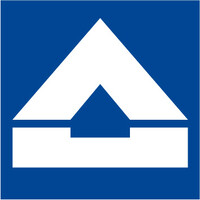
HOCHTIEF
Building means shaping. Buildings change our world. The Gotthard Tunnel in Switzerland, roads, bridges, office or residential buildings, sports facilities and cultural centers such as the Elbe Philharmonic Hall in Hamburg or Madison Square Garden in New York: HOCHTIEF creates living spaces. And it has been doing so all over the world for more than 100 years. Our thinking and our actions are value-driven: We stand for integrity, reliability, innovation, results orientation, and sustainability. The knowledge, dedication and commitment of our employees are the basis for our success. With us, you will find challenging and fulfilling jobs. Our vision: HOCHTIEF is building the world of tomorrow. If you would like to build the world of tomorrow with us, apply here on the HOCHTIEF job portal: https://www.hochtief.de/karriere/jobboerse. Imprint: https://www.hochtief.com/imprint






